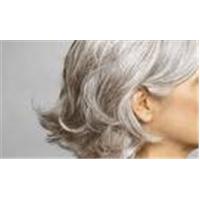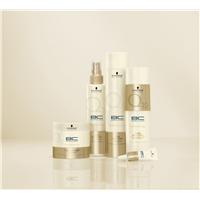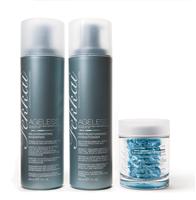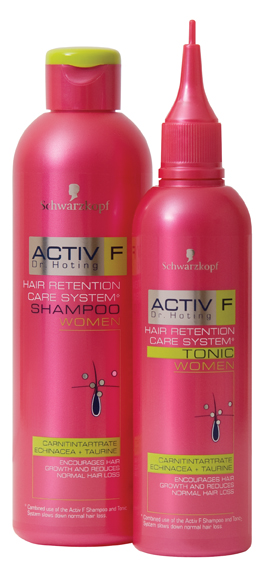
Tokyo: Stress can make your hair turn grey, according to a new study published in the medical journal Cell.
In a new study from Tokyo Medical and Dental University, researchers confirm that the daily wear and tear on our DNA from damage caused by chemicals, ultraviolet light, and ionizing radiation, may be responsible.
according to study lead author Emi Nishimura of Tokyo Medical and Dental University.
Lead reseracher Emi Nishimura said that cells can undergo up to 100,000 events a day that damage DNA.The stem cells within hair follicles responsible for colour are most affected by this constant attack.
Stem cells are cells in the body that can reproduce indefinitely and that have the potential to “mature” into other, more specialized cells. The stem cells in hair follicles mature into melanocytes, or cells that produce the pigment melanin.
In younger people, the hair’s stem cells maintain a balance between those that reproduce and those that turn into pigment cells, so that pigment is constantly being added to growing hair.
But as a person ages, too many of the stem cells mature until the pool of pigment cells gets totally drained and hair grows gray.
Scientists have been unsure what exactly spurs the stem cells to change. According to Nishimura, the answer may be accumulated DNA damage.
Forcing the cells to mature may be the body’s “more sophisticated way” of purging the damaged stem cells without killing them off, she said.
The study focused on greying because it is a typical sign of ageing in mammals, the authors wrote.
The researchers put laboratory mice through whole-body x-rays and chemical injections.
When the team examined the mice’s hair follicles, they found that the stem cells showed permanent damage. These mice then regrew hair with no pigment.
The research supports the idea that instability in genes may be a major factor in aging, the authors say. It also lends credence to the theory that damage to stem cells may be the main driver of aging.
The DNA damage observed in the study is mainly “unavoidable,” the authors write.
However, the study helps scientists understand graying, Cheng said by email, which may lead to new chemicals that can prevent the hair’s stem cells from switching roles.
“We may soon have anti-greying creams for aging populations,” he said.




